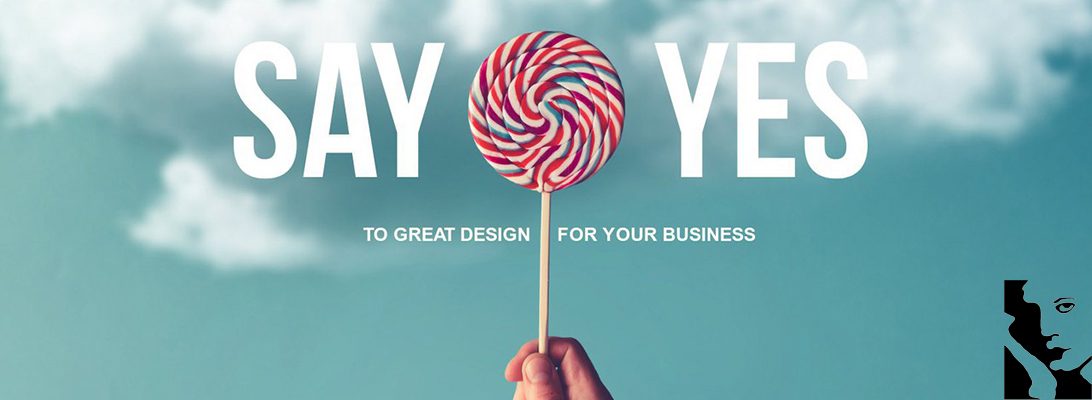The first thing I want to tell people about taking photographs is “Get Out of The House” I don’t care if you have a Kodak Easy Share, a cell phone camera or a $5,000 camera, light in homes can just plain suck for the beginner and you will get frustrated.
The sun is a great, FREE light source to take photos. Now, the first thing some people want to do is have their family and friends turn toward the sun so it lights their faces. The problem? Everyone is SQUINTY. Try this next time you are outside. Have your subject stand with the sun at their back, Yes the sun will be pointing at you. Notice that it makes a nice glow around their hair.
OK, good. BUT their face is in shadow!. That is where your flash comes in. Yes it is sunny but that is no reason not to use the flash. Let that flash fill in all those nasty shadows. Now you have a nice sunny background and nice bright faces.
But OH NO, Sun Spots! Those annoying green dots in your pictures. This is lens flare and it happens to everyone from time to time. If you are using a DSLR you can minimize this with a lens hood. For people with a point and shoot, you can use your hand or even your hat. All you need to do is shade your lens.
When it’s cloudy, grab the camera! Overcast days are PERFECT for pictures of your family. It is like the sun has a giant soft box on it. With an overcast day you can shoot morning, noon and night without harsh shadows. Here is a shot on a lawn at noon on an overcast day.
Ah, which brings me to the time of day. There is what we call “The Golden Hour” Actually it should be Hours because there is 2 times during the day it is the best time to take photos. One hour after sunrise and One hour before sunset. The sun is in the perfect position these times of the day. Avoid those harsh rays at Noon. The sun is really high in the sky and the light is just so harsh and unflattering.
On that note, if you are interviewing a professional for, lets say a family reunion photo, and the Photographer says, “Hey we can shoot anytime you want!” BEWARE. There is only so much equipment can do for outdoor group shots to manipulate the light. A true professional will warn you about harsh light and the best times to shoot. Just a little test you can do when you interview someone. Oh, interviewing professional photographers!
Maybe that will be my next blog!










You must be logged in to post a comment.